Advanced technology is changing the way people detect and respond to earthquakes – but can technology help us predict disasters before it's too late?
The Greek tourist island of Santorini was rocked by a series of earthquakes earlier this year, forcing thousands of tourists and residents to evacuate.
Meanwhile, seismologist Margarita Segou immediately put the QuakeFlow algorithm into action, to analyze what was going on.
QuakeFlow - a cloud computing system developed by Stanford University - uses artificial intelligence (AI) to detect and analyze earthquakes faster and more accurately than traditional methods.
Using AI, Segou detected 1,500 small earthquakes from December 2024 before the real quake erupted on January 26 and peaked on February 2.
“When we studied the large earthquakes in Santorini, we noticed a repeating pattern: the earthquake started with a magnitude 4.0 earthquake, then a magnitude 5.0 earthquake, then returned to 4.0 as if the ground was adjusting to return to equilibrium,” Segou said.
Not only does AI help scientists detect small earthquakes that older methods might miss, it also provides important data for assessing future earthquake risks.
The devastating earthquake in Myanmar on March 28 once again reminded the world of the devastation of natural disasters - and the limits of human predictability.
While AI has significantly improved storm and flood forecasting, accurately predicting the time, location, and magnitude of an earthquake remains an unsolved challenge.
“AI has revolutionized the ability to detect small earthquakes – tremors that can be lost in background noise and missed by conventional systems,” said Christopher Johnson, a scientist at Los Alamos National Laboratory in the US.
While AI offers hope in detecting earthquakes, the technology still relies on input from seismometers — and not every country can afford to invest in these devices.
Rich countries like the US and China have dense networks of sensors, while many earthquake-prone countries like the Philippines and Nepal have severely inadequate seismic monitoring systems. This creates a digital divide in earthquake prediction and early warning.
Some researchers have come up with an innovative solution: turning smartphones into earthquake measuring devices.
Since 2020, Google has integrated an earthquake warning system into the Android operating system, allowing phones to use accelerometers to detect tremors and send early warnings to users.
In India, scientists also developed the Uttarakhand earthquake warning system, which uses a mobile app to provide information on earthquake location and intensity, helping rescue teams deploy more quickly.
Every second of warning about an earthquake can save thousands of lives, experts say. Early warning can stop dangerous surgeries, slow down high-speed trains or evacuate people from fragile buildings before disaster strikes.
Despite many challenges, scientists believe AI is revolutionizing the way we understand the Earth.
“Technology is helping us collect and analyze data faster than ever before. We should not be in a state of panic all the time – we should be using AI to proactively respond to earthquakes,” said Segou./.
Source: https://www.vietnamplus.vn/tri-tue-nhan-tao-va-cuoc-cach-mang-ve-du-bao-dong-dat-post1024099.vnp



![[Photo] General Secretary To Lam receives Russian Ambassador to Vietnam](https://vstatic.vietnam.vn/vietnam/resource/IMAGE/2025/4/2/b486192404d54058b15165174ea36c4e)
![[Photo] Prime Minister Pham Minh Chinh receives CEO of Standard Chartered Group](https://vstatic.vietnam.vn/vietnam/resource/IMAGE/2025/4/2/125507ba412d4ebfb091fa7ddb936b3b)
![[Photo] Prime Minister Pham Minh Chinh receives Deputy Prime Minister of the Republic of Belarus Anatoly Sivak](https://vstatic.vietnam.vn/vietnam/resource/IMAGE/2025/4/2/79cdb685820a45868602e2fa576977a0)

![[Photo] Comrade Khamtay Siphandone - a leader who contributed to fostering Vietnam-Laos relations](https://vstatic.vietnam.vn/vietnam/resource/IMAGE/2025/4/3/3d83ed2d26e2426fabd41862661dfff2)




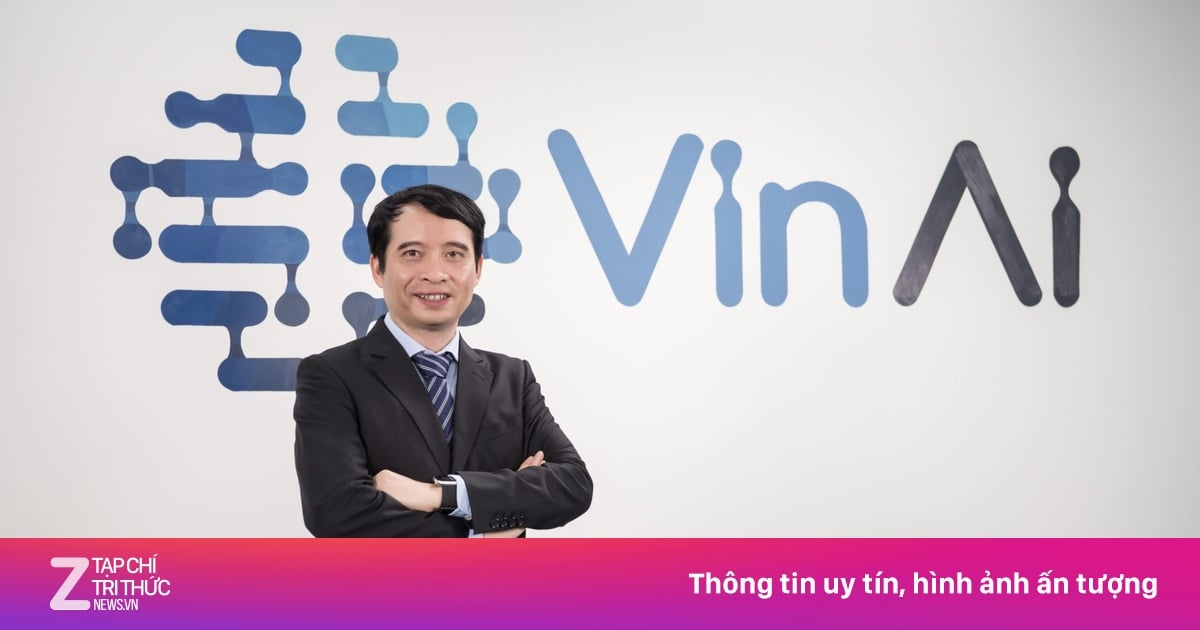
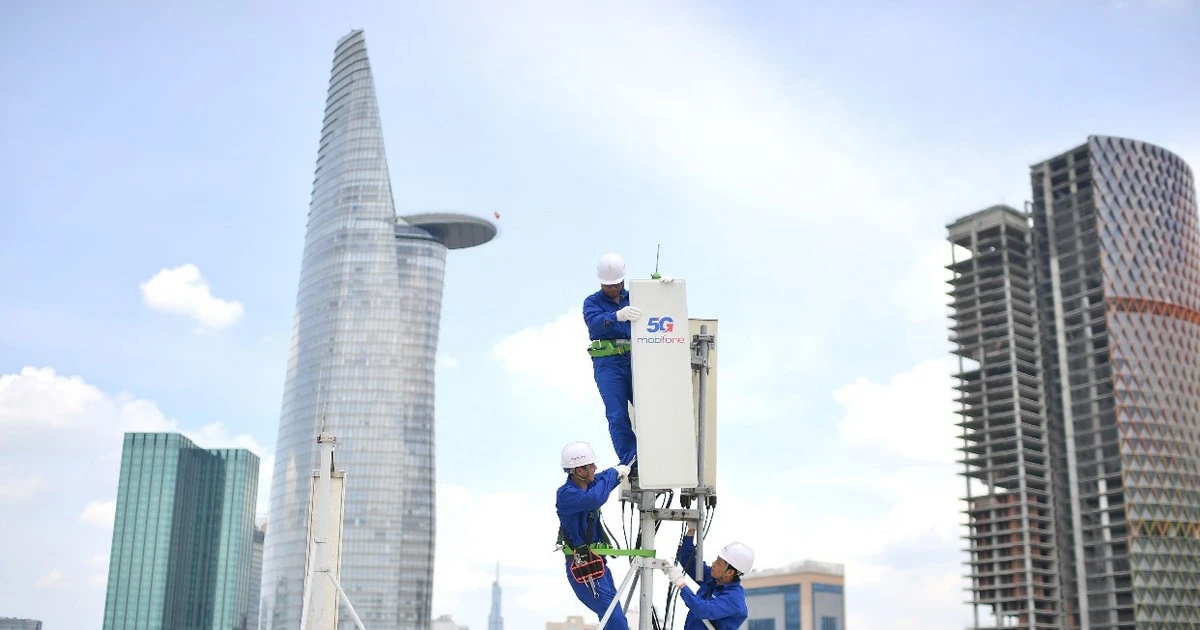




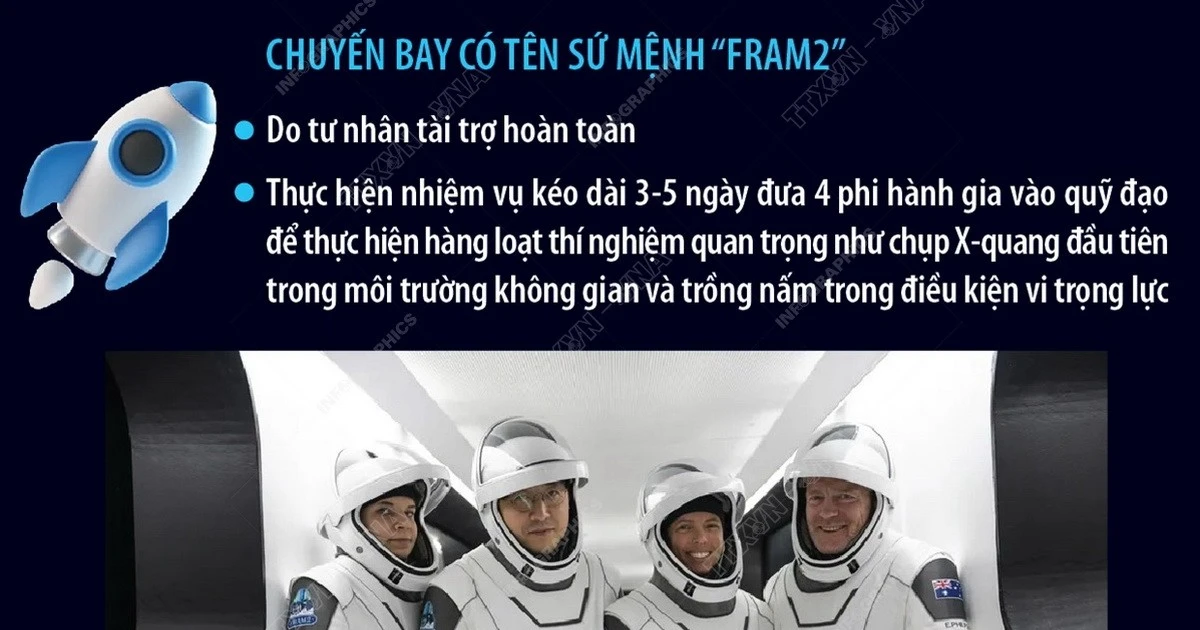























































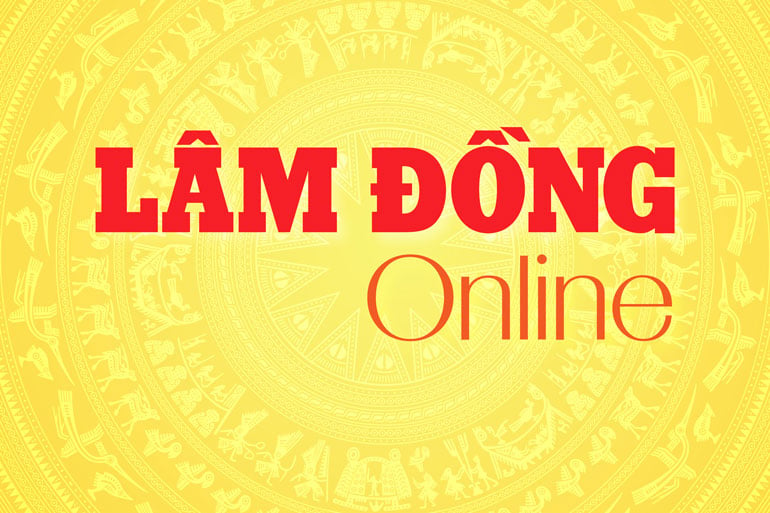
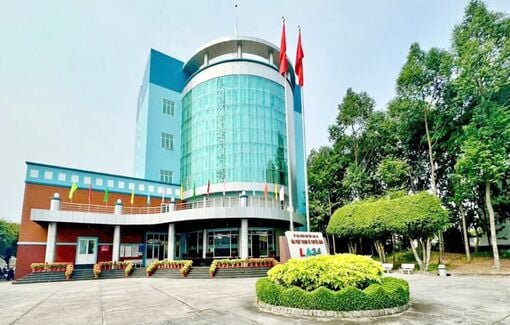

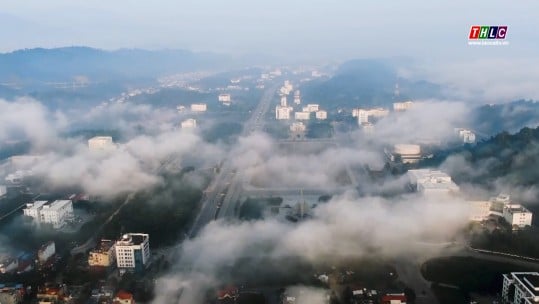












Comment (0)